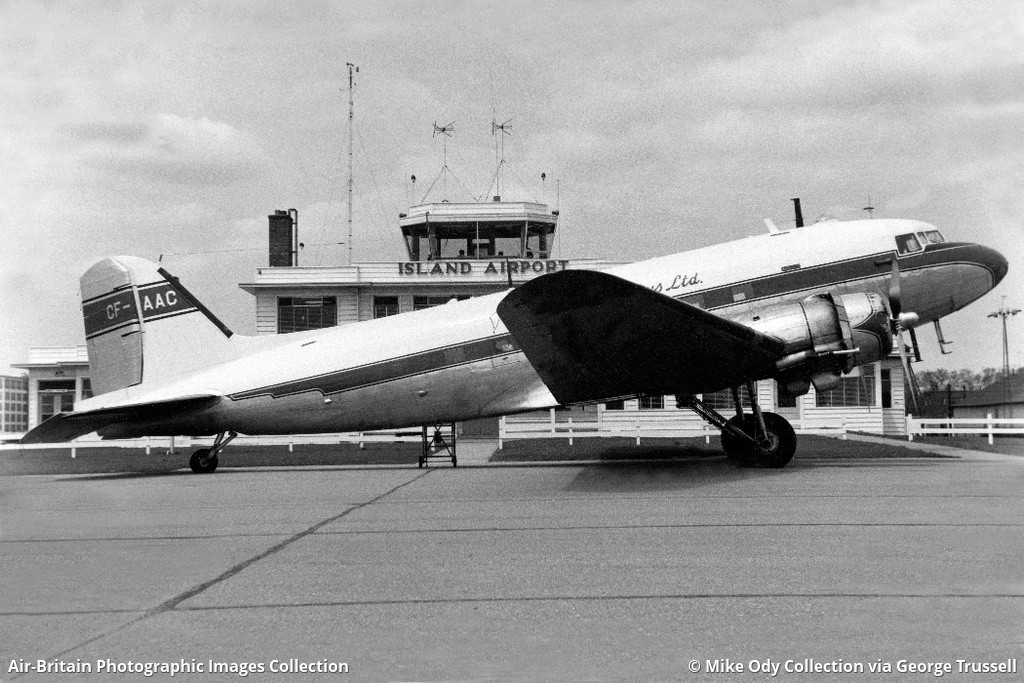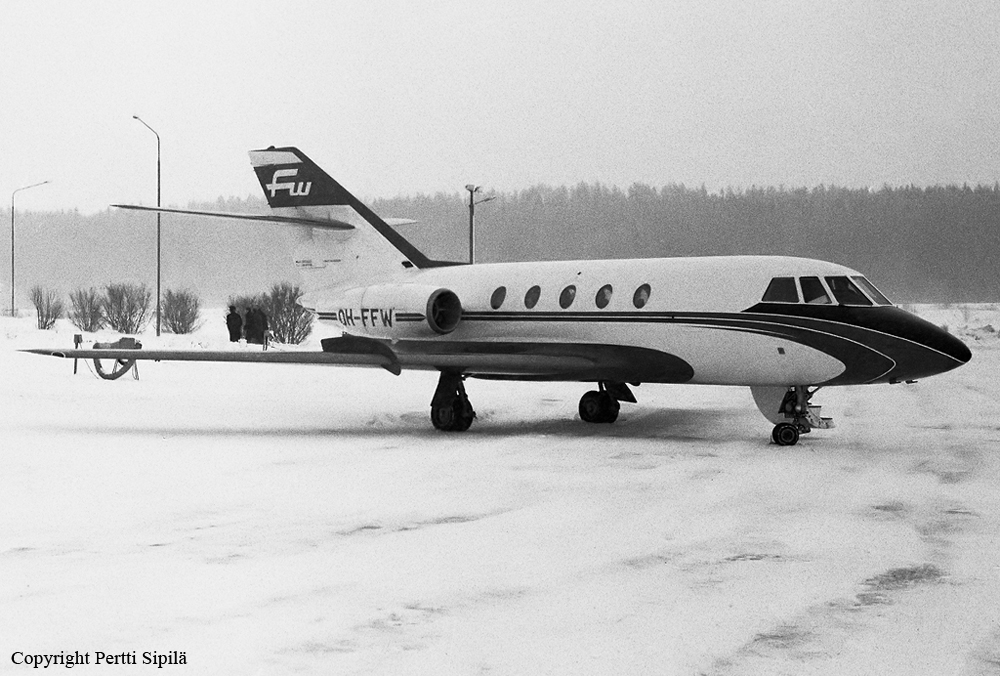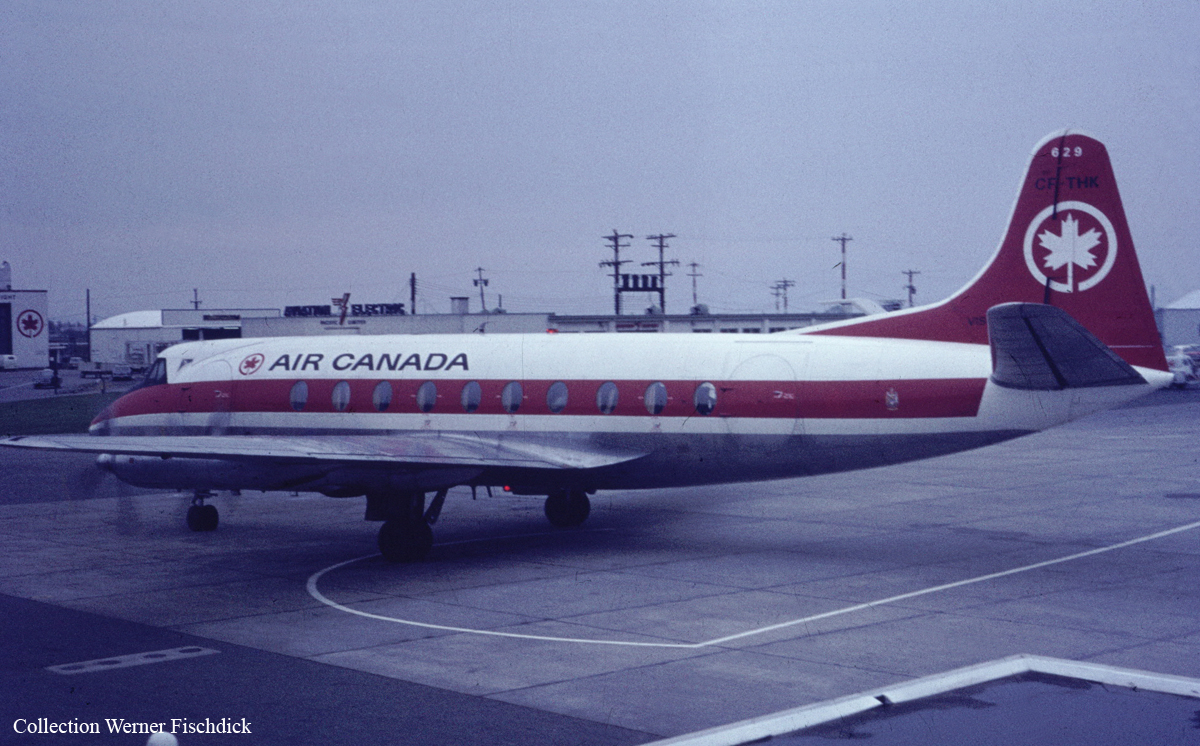Date & Time:
Jun 19, 1970 at 1601 LT
Operator:

Crew fatalities:
Pax fatalities:
Other fatalities:
Circumstances:
Upon takeoff runway 36, AAC lifted off with 18 souls on board transporting 14 Indigenous children home for the Summer holidays accompanied by a chaperone. The crew consisted of a pilot, co-pilot and a flight engineer. The runway 18/36 was 10,000 ft long and 150 ft wide. As the aircraft lifted off and came abeam of the control tower, I observed a fire in the left engine. My transmission to the pilot was, quote “AAC Val d’Or Tower, fireball left engine”. Response was “Roger Tower”. Engine fire was immediately extinguished and shut down and aircraft continued to climb. Pilot was cleared for unrestricted landing and given winds. No further transmissions heard from pilot. Emergency crash bells were rung at this instance and emergency response stations were of an airborne emergency. I anticipated the aircraft would continue to climb, turn right into live engine and effect a landing on Rwy 18. However, the aircraft started to descend, commenced a left turn into the shutdown engine and was disappeared behind the hill just North West of the button of Rwy 18. Once I lost sight of the aircraft behind the hill, known to Station personnel as “Lang’s Hill”, the crash bells were again sounded indicating a Major Disaster which now required all Station personnel to respond. The Major Disaster alarm was sounded at exactly 4:01 p.m. on a Friday night. — Friday nights at CFS Val d’Or was a traditional beer call time when most of the 350 personnel of the Station were present at the various Messes which commenced at 1600 hrs. All 18 souls on aircraft AAC were rescued within 15 minutes of impact. Both the pilots were found still strapped to their seats upside down outside near their respective wings. The flight engineer was also still strapped to his seat and was found upside down in the nose of the aircraft which was split open and jagged. The aircraft had been guided into very high trees and had basically slid down the trees and came to approximately a 45-degree angle. The most serious injury, as I understand, was an injured vertebra sustained to one of the pilots which resulted in no permanent damage. All others sustained minor cuts and bruises. I was later told that this was precisely the manoeuvre the pilot said he would make if such an incident was encountered; it obviously worked. The efficiency of the Station Major Disaster Team in quickly locating and extracting the crew and passengers of AAC was amazing. All souls were housed in a Station Barrick Block, attended to medically and shortly after transferred to the St-Sauveur Hospital in Val d’Or for further care.
Thanks to Lou Travis, ATC on duty at the time of the accident, for his testimony.













